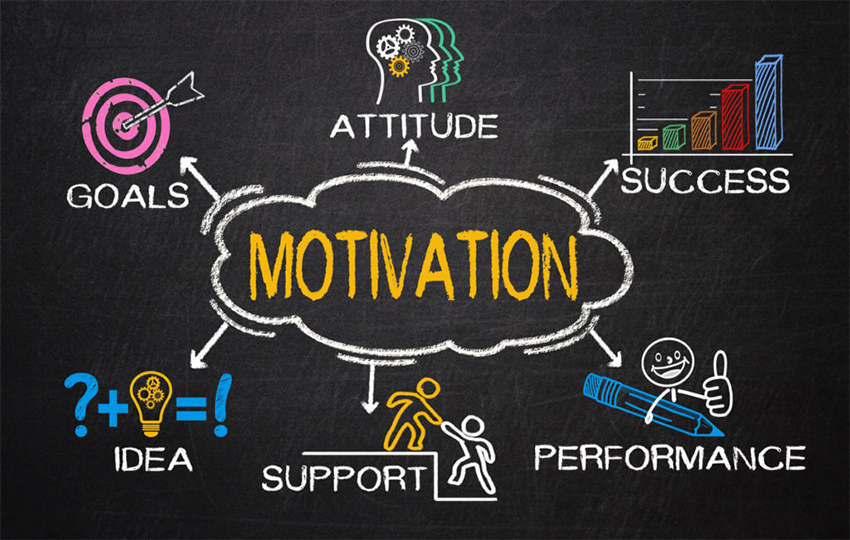🚀 Unlock Your Potential: Achieve Anything with These 7 Science-Backed Strategies & Psychological Principles
🚀 Unlock Your Potential: Achieve Anything with These 7 Science-Backed Strategies & Psychological Principles
Do you ever wonder why some people seem to effortlessly achieve their goals while others struggle? The secret isn’t just hard work — it’s understanding the psychological principles that drive success.
Science has uncovered powerful strategies that can help you rewire your brain, boost motivation, and turn dreams into reality. Whether you want to build wealth, improve health, or master a skill, these principles will get you there.

Let’s dive in!
1. The Power of Deliberate Practice (The 10,000-Hour Rule)
📌 “Practice isn’t the thing you do once you’re good. It’s the thing you do that makes you good.” — Malcolm Gladwell
Anders Ericsson’s research on expert performance found that top performers (like athletes, musicians, and chess masters) don’t just practice — they engage in deliberate practice:
- Focused, structured repetition
- Immediate feedback
- Pushing beyond comfort zones
Example: If you want to become a great public speaker, don’t just give speeches — record yourself, analyze weaknesses, and refine your delivery.
🔬 Science Says: A study in Psychological Review showed that deliberate practice explains 26% of performance differences in fields like music and sports.
2. The Growth Mindset (Believe You Can Improve)
📌 “Whether you think you can or you think you can’t, you’re right.” — Henry Ford
Stanford psychologist Carol Dweck found that people with a growth mindset (believing abilities can improve) achieve more than those with a fixed mindset (believing talent is innate).
Example:
- Fixed Mindset: “I’m bad at math, so I’ll never get better.”
- Growth Mindset: “Math is tough, but I can improve with practice.”
🔬 Science Says: Students taught growth mindset strategies showed higher grades and resilience (Nature, 2019).
3. Implementation Intentions (The “If-Then” Strategy)
📌 “A goal without a plan is just a wish.” — Antoine de Saint-Exupéry
Psychologist Peter Gollwitzer discovered that specific “if-then” plans dramatically increase success rates.
Example:
❌ Vague Goal: “I’ll exercise more.”
✅ Implementation Intention: “If it’s 7 AM, then I’ll go for a 30-minute run.”
🔬 Science Says: People using this method were 2–3x more likely to follow through (American Journal of Psychology).
4. The Zeigarnik Effect (Unfinished Tasks Haunt You)
📌 “The best way to get something done is to begin.” — Anonymous
Russian psychologist Bluma Zeigarnik found that unfinished tasks create mental tension, keeping them top of mind until completed.
Example: Ever started a project, left it halfway, and couldn’t stop thinking about it? That’s the Zeigarnik Effect in action.
How to Use It:
- Start small (even 5 minutes!)
- Break big goals into tiny steps
🔬 Science Says: Unresolved tasks increase cognitive load and stress (Journal of Personality and Social Psychology).
5. Habit Stacking (The Compound Effect of Tiny Changes)
📌 “Small daily improvements lead to stunning results.” — Robin Sharma
BJ Fogg’s research at Stanford shows that anchoring new habits to existing ones makes them stick.
Example:
- After brushing my teeth (existing habit), I’ll meditate for 2 minutes (new habit).
🔬 Science Says: Habit stacking increases success rates by 50%+ (European Journal of Social Psychology).
6. The Pareto Principle (80/20 Rule — Focus on What Matters)
📌 “Focus on being productive, not just busy.” — Tim Ferriss
Vilfredo Pareto found that 80% of results come from 20% of efforts.
Example:
- In business, 20% of clients often generate 80% of revenue.
- In fitness, 20% of exercises (like squats & deadlifts) deliver 80% of results.
How to Use It: Identify and double down on high-impact activities.
🔬 Science Says: The 80/20 rule applies to productivity, economics, and even health (Harvard Business Review).
7. Visualization & Mental Contrasting (See It, Believe It, Achieve It)
📌 “What you see is what you get.” — Anonymous
Gabriele Oettingen’s research shows that combining positive visualization with reality checks (mental contrasting) boosts success.
Example:
- Visualize success (e.g., acing a presentation).
- Identify obstacles (e.g., nervousness).
- Plan solutions (e.g., practice deep breathing).
🔬 Science Says: Mental contrasting increases goal achievement by 30%+ (Psychological Science).
🎯 Final Thoughts: Your Blueprint for Success
Success isn’t about luck — it’s about applying the right psychological strategies.
🔹 Practice deliberately (10,000-hour rule)
🔹 Adopt a growth mindset (Dweck)
🔹 Use “if-then” planning (Gollwitzer)
🔹 Leverage the Zeigarnik Effect (start small)
🔹 Stack habits (Fogg)
🔹 Apply the 80/20 rule (Pareto)
🔹 Visualize & plan for obstacles (Oettingen)
💡 Now, take action! Pick one strategy and implement it today. Small steps lead to massive results.
Which principle resonates most with you? Drop a comment below! 👇
Liked this? Share it with someone who needs a success boost! 🚀
Comments
Post a Comment